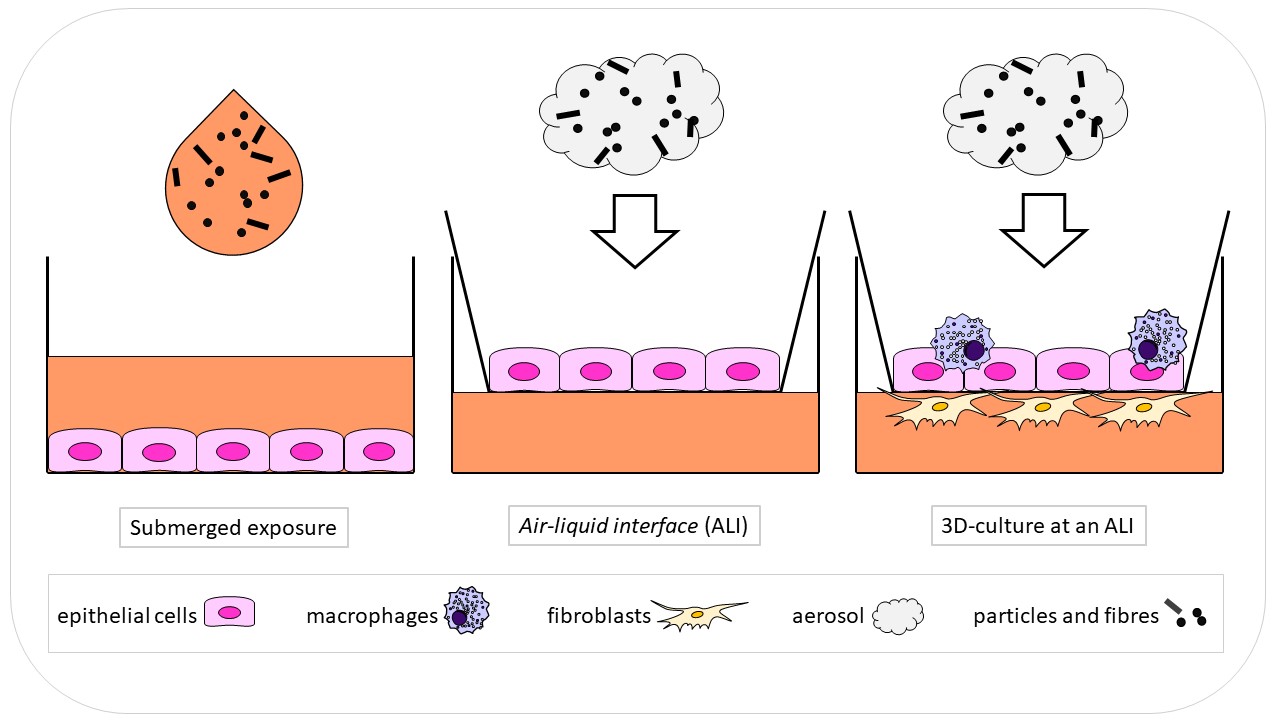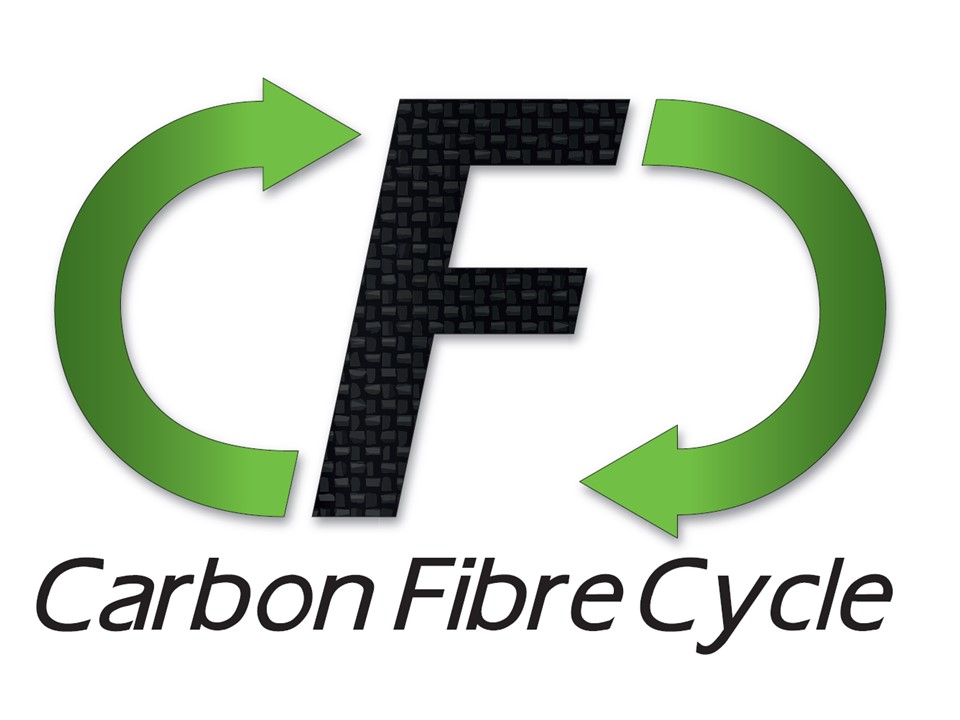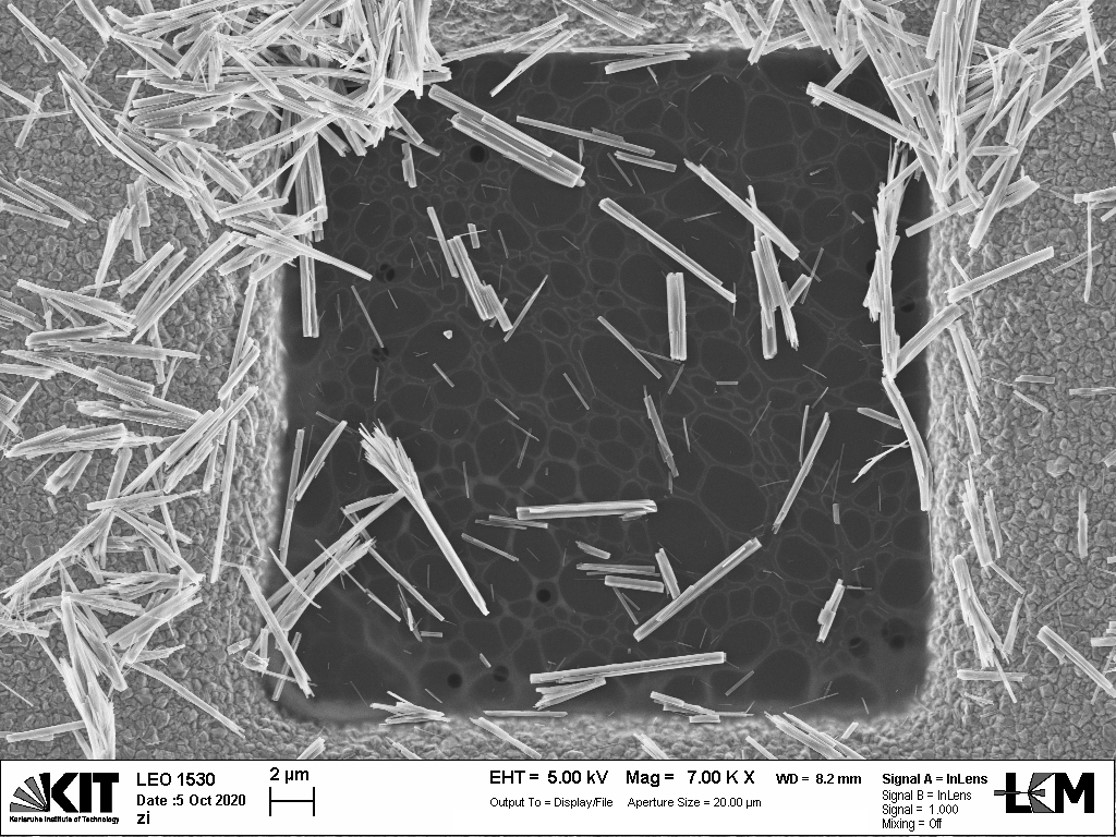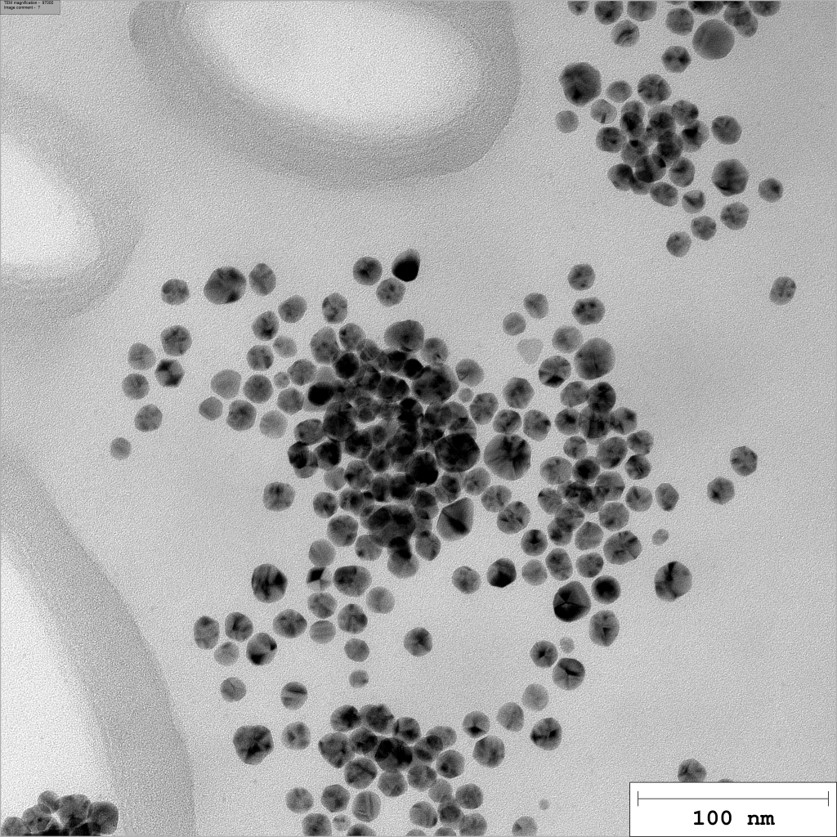Particular and fibrous (nano-)materials
Nano- and micro-scale particular and fibrous materials are gaining importance in different technologies and applications. They are utilized in electronics, aerospace engineering as well as in cosmetics and food industry, among others. However, for the safe use and broad acceptance of these key technologies it is crucial to perform a sound risk assessment.
Potential toxic effects and mechanisms of these materials are diverse and depend on a multitude of different factors. Beside the chemical composition, structure and surface properties also play a critical role.
However, it is not feasible to perform extensive toxicological testing with every single material. Therefore, it is essential to establish basic strategies to investigate and evaluate materials in cell culture and animal experiments, and to elucidate general toxic mechanisms for groups of materials. These can be the base for future risk assessments.
Our work focuses on determining toxic effects of particular and fibrous materials in in vitro cell culture systems. One focus is the comprehensive characterization of the material in question, especially with regards to size distribution, solubility and agglomeration/aggregation in biological media (e.g. cell culture media and artificial lung fluids).
In the course of various projects, we assess the toxicity of metal-based nanoparticles and have moreover, examined the toxicity of respective nanowires, crystalline quartz, carbon fibre fragments and carbon nanotubes, among others.
The applied cell culture systems reflect physiological conditions in different parts of the human body: potential inhalation of particles was reproduced by using pulmonary epithelial cells, immune cells and fibroblasts; a skin model using keratinocytes and immune cells was applied to simulate dermal exposure.

Mono-, co- and 3D culture systems were utilized to recreate in vivo exposure conditions in in vitro experiment settings as closely as possible. This way interactions between the different cell types were taken into account for risk assessment. Exposure through an air-liquid interface is another possibility to complement the data from classical submerged experiments. In this scenario cells were exposed to a particle or fibre containing aerosol.
In toxicological testing, we place special focus on determining possible genotoxic effects and mechanisms of the materials, e.g. through increased generation of reactive oxygen species or induction of DNA strand breaks. Another main focus is the assessment of inflammatory and fibrotic mechanisms and the identification of toxicity profiles by high-throughput RT-qPCR.
Former research projects


Important publications
Wall J., Ag Seleci D., Schworm F., Neuberger R., Link M., Hufnagel M., Schumacher P., Schulz F., Heinrich U., Wohlleben W., Hartwig A.
Comparison of Metal-Based Nanoparticles and Nanowires: Solubility, Reactivity, Bioavailability and Cellular Toxicity
Nanomaterials (2021)
Hufnagel M., May N., Wall J., Wingert N., Garcia-Käufer M., Arif A., Hübner C., Berger M., Mülhopt S., Baumann W., Weis F., Krebs T., Becker W., Gminski R., Stapf D., Hartwig A.
Impact of Nanocomposite Combustion Aerosols on A549 Cells and a 3D Airway Model
Nanomaterials (2021)
Hufnagel M., Neuberger R., Wall J., Link M., Friesen A., Hartwig A.
Impact of Differentiated Macrophage-Like Cells on the Transcriptional Toxicity Profile of CuO Nanoparticles in Co-Cultured Lung Epithelial Cells
International Journal of Molecular Sciences (2021)
Hufnagel M., Schoch S., Wall J., Strauch B.M., Hartwig A.
Toxicity and Gene Expression Profiling of Copper- and Titanium-Based Nanoparticles Using Air-Liquid-Interface Exposure
Chemical Research in Toxicology (2020)
Strauch B.M., Hubele W., Hartwig A.
Impact of Endocytosis and Lysosomal Acidification on the Toxicity of Copper Oxide Nano- and Microsized Particles: Uptake and Gene Expression Related to Oxidative Stress and the DNA Damage Response
Nanomaterials (2020)
Strauch B.M., Niemand R.K., Winkelbeiner N.L., Hartwig A.
Comparison between micro- and nanosized copper oxide and water soluble copper chloride: interrelationship between intracellular copper concentrations, oxidative stress and DNA damage response in human lung cells
Particle and Fibre Toxicology (2017)
Maser E., Schulz M., Sauer U.G., Wiemann M., Ma-Hock L., Wohlleben W., Hartwig A., Landsiedel R.
In vitro and in vivo genotoxicity investigations of differently sized amourphous SiO2 nanomaterials
Mutation Research (2015)
Semisch A., Ohle J., Witt B., Hartwig A.
Cytotoxicity and genotoxicity of nano - and microparticulate copper oxide: role of solubility and intracellular bioavailability
Particle and Fibre Toxicology (2014)


